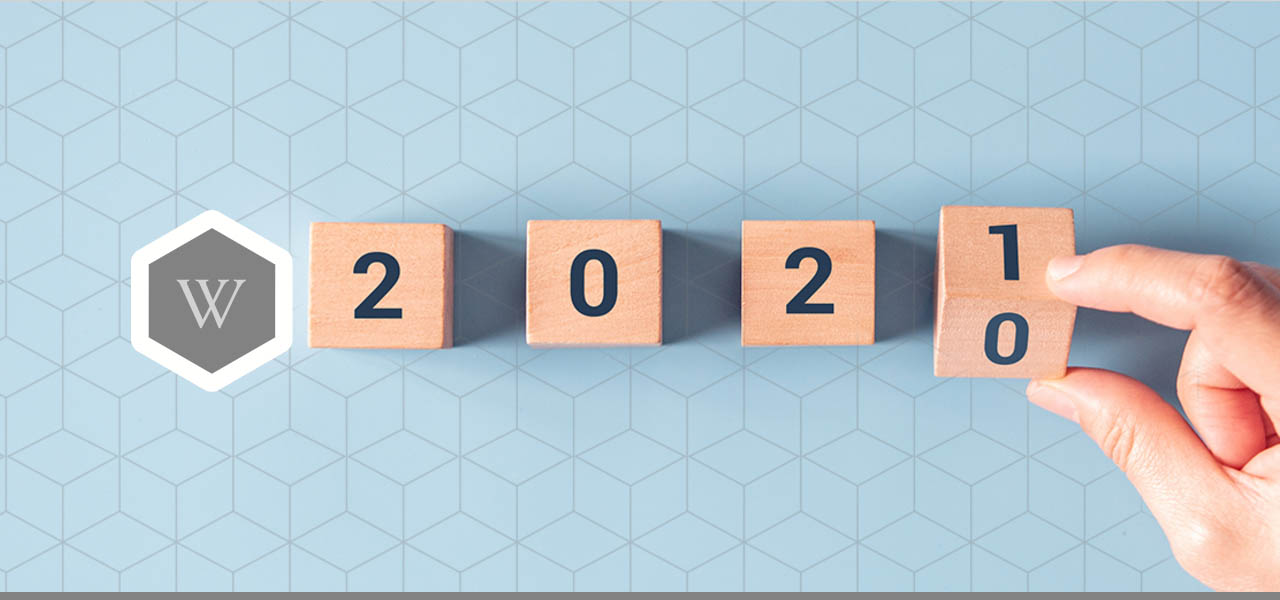
As we draw to the close of a year in which humanity faced unprecedented difficulties ranging from COVID-19 to climate change-related fires and storms, we look forward to the new year with hope – an optimism that is fueled by a belief in science and its power to heal the world.
But before we put 2020 behind us, it is worthwhile and inspiring to review the many advances made by Weizmann Institute scientists.
In February, when the scope of the pandemic became clear, only one Institute scientist, Dr. Ron Diskin, was investigating corona and other zoonotic viruses. Today there are close to 70, with breakthroughs in areas of testing; programs to safely reopen society; development of vaccines and treatments; and much more. Weizmann’s coronavirus projects were so notable that they were covered in The New York Times, Forbes, Newsweek, The Financial Times, Psychology Today, Discover, Fast Company, The Wall Street Journal, and other prestigious sources.
The Institute is also studying ways COVID-19 has impacted us beyond the disease itself. For example, rates of anxiety and depression are skyrocketing; fortunately, President Prof. Alon Chen, a prominent neuroscientist, is exploring mental health effects and how we adapt to the pandemic. Another example: Weizmann’s Davidson Institute of Science Education created Stuck at Home?, a website with fun science activities to keep children engaged.
Despite the necessary transfer of equipment and resources to fight COVID-19 – much less the closure of their labs – intrepid Weizmann researchers in other fields did not let the pace of progress falter. Just a few examples of their advances in 2020 include:
-
Dr. Ravid Straussman showed that bacteria live inside all cancer cells, and that each type of cancer – from brain to breast to bone – has its own type of bacteria. Understanding the relationship between a cancer cell and its bacteria could help predict the effectiveness of cancer treatments or lead to ways of using the bacteria to boost treatments. The discovery is so significant that it was featured on the cover of Science.
-
One of the challenges of treating unconscious patients with a brain injury is determining whether they might awaken. Prof. Noam Sobel’s lab devised a “sniff test” that measures airflow in response to odors, finding that, over the four-year-long study, all patients who responded regained consciousness.
-
The leading cause of acute liver failure in the developed world is acetaminophen overdose. Without an urgent transplant, liver failure is fatal in 80% of cases. Now, Profs. Eran Elinav and Ido Amit have found new subsets of cells and signals from the gut microbiome and the diseased liver that contribute to acute liver failure, and hope that the discovery will contribute to new treatments.
Other breakthroughs include an algorithm that can predict gestational diabetes; a gateway involved in chronic pain, which could lead to non-addictive treatments; the contradictory role of oxytocin, the “love hormone”; sophisticated control over fire by our toolmaking homonim ancestors; the role of trees in adapting to climate change; and beyond.
And through all this, the Weizmann Institute maintained its excellence: we were just ranked eighth in the world for research quality – one of only two non-U.S. institutions in the top ten – by the prestigious Leiden Ranking. In the sub-ranking for Life and Earth Sciences, we were a remarkable fourth!
At a time when science matters more than ever, it is also more urgent than ever that our dedicated researchers have the freedom and funding they need to create the medicines, treatments, technologies, and knowledge that humankind needs – and if you are in a position to give, you can do so here. Thank you for being part of the Weizmann and American Committee family.
